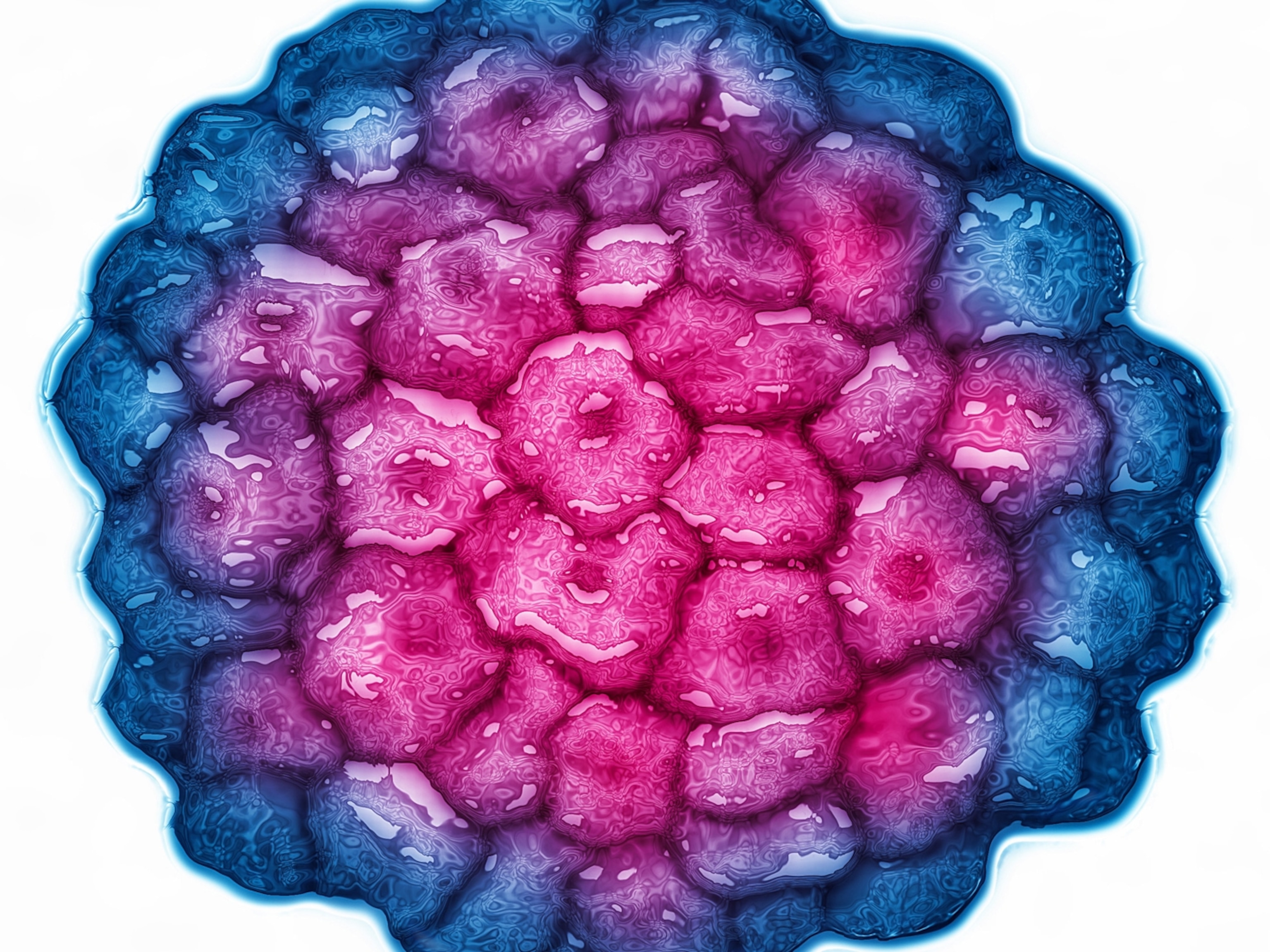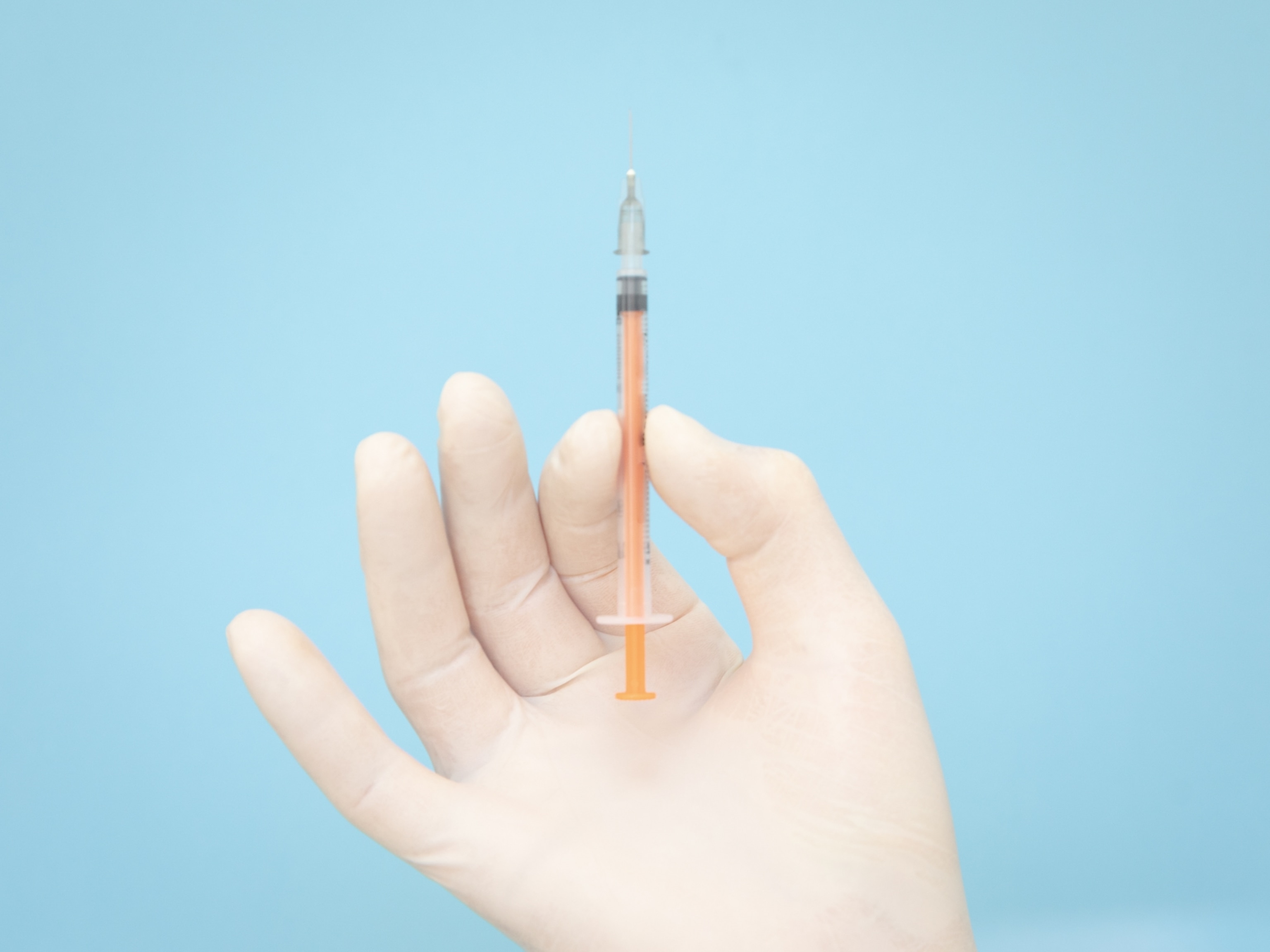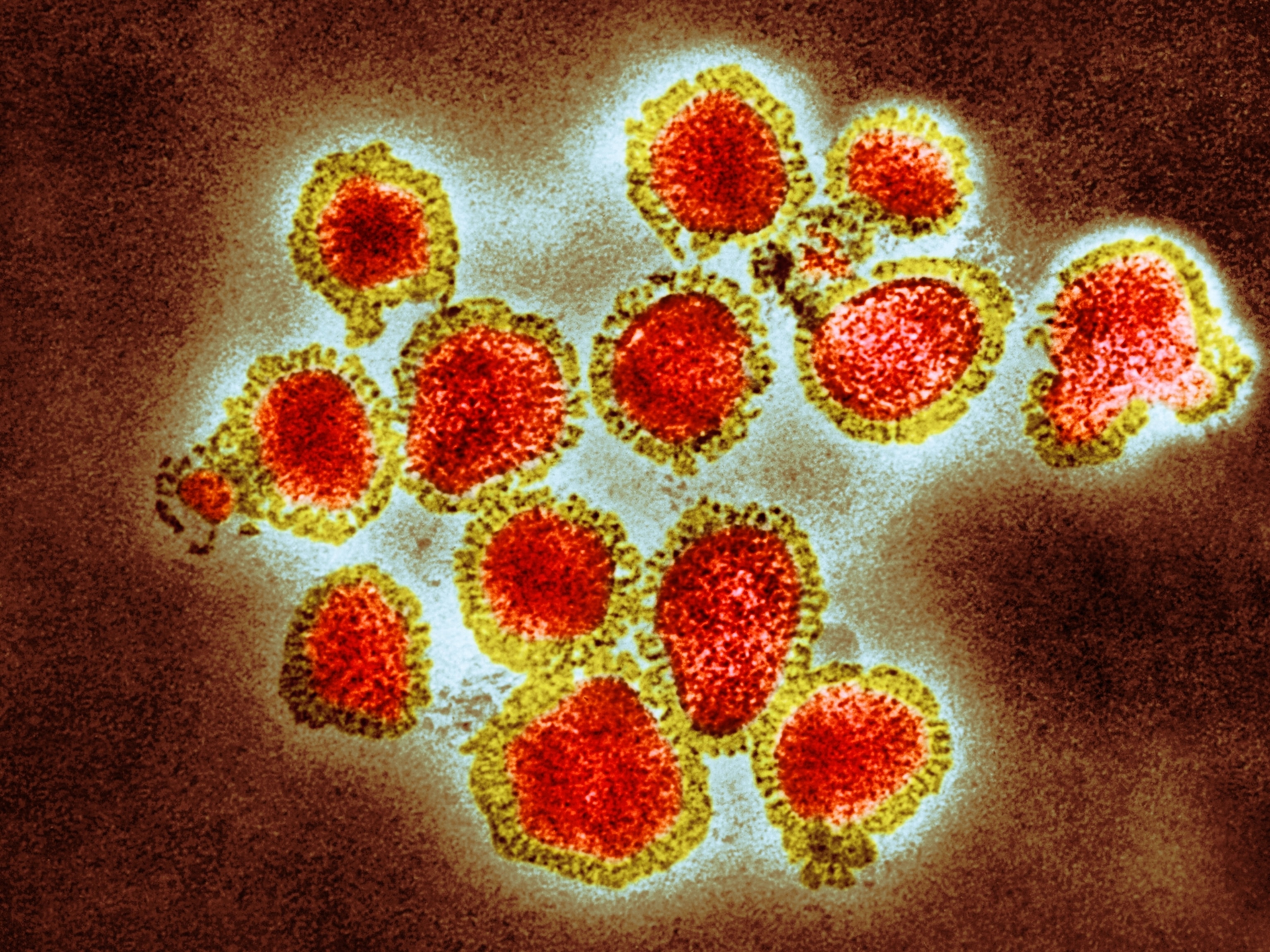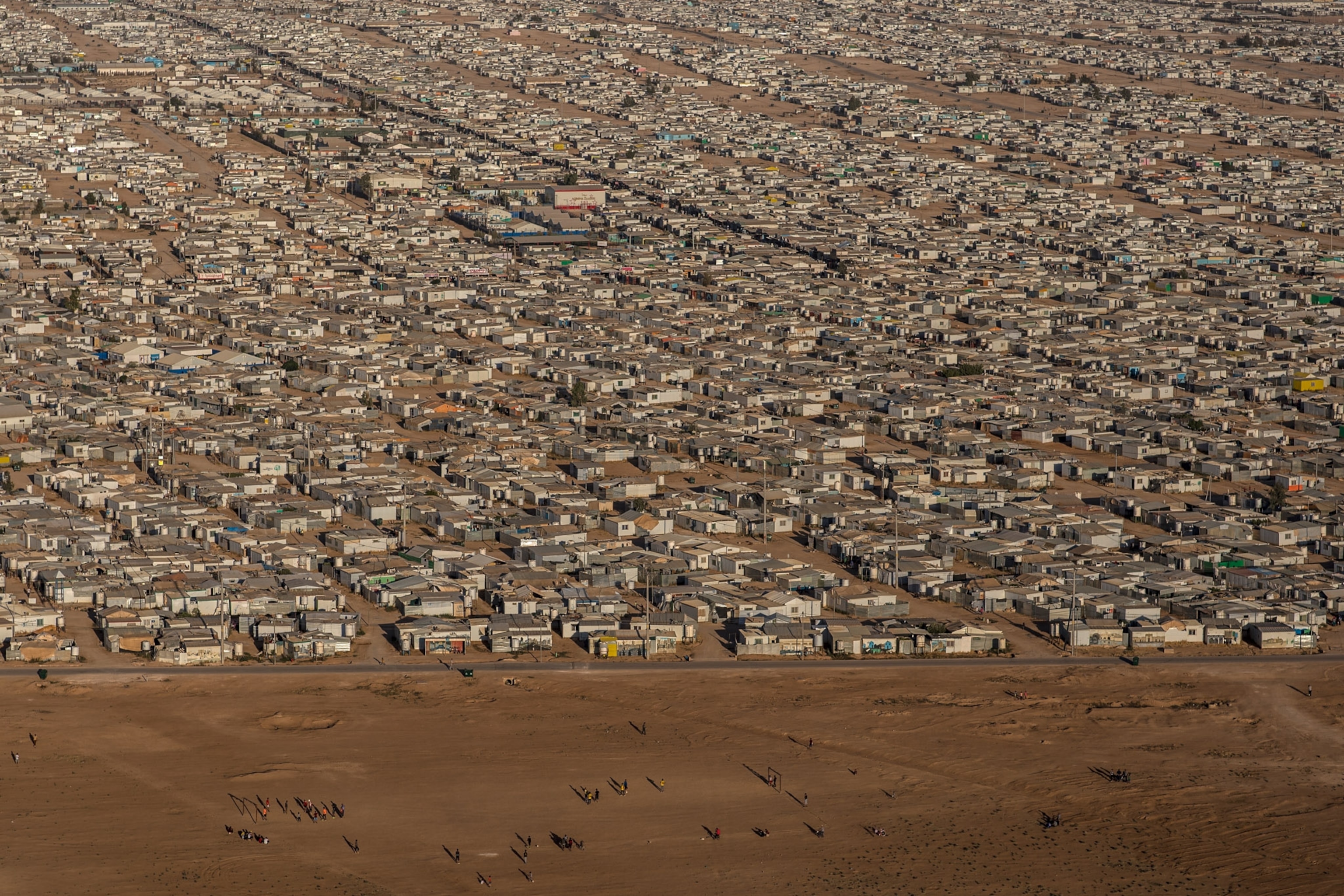
Inside the world’s first vaccine clinic housed in a refugee camp
They fled Syria, they’re living in shelters—but there’s vaccine for them, too.
Zaatari refugee camp, Jordan — She was 110 years old, I heard, a Syrian refugee with an amazing attitude and sense of humor—and she had just been vaccinated against COVID-19, right inside her residence, a small shelter inside Jordan's Zaatari refugee settlement. When I found her, she was sitting upright, at peace, on top of her bed. Her name was Zahra. A refugee official showed me her ID. They hadn't factored in her most recent birthday: Zahra was 111. Born January 1910. Can you imagine? She's survived all the wars, she's fled the civil conflict in Syria, she's lost her husband, her new life is inside a refugee camp, a pandemic comes, and she's one of the first to get vaccinated?
There's a message of hope to this story.
Zaatari, which is about 10 miles from the Syrian border, has become one of the biggest refugee camps in the world. It was established in 2012, with support from Jordan and the United Nations High Commissioner for Refugees (UNHCR), as what was meant to be a temporary safe place for Syrians escaping their country's civil conflict. About 79,000 people now live there, and when I learned recently that Zaatari had opened its own COVID-19 vaccination center—the world's first such center to be located inside a refugee camp, according to UNHCR—I wanted to come see it with my own eyes.
It's not so simple, visiting Zaatari as an outsider. The camp is really a mid-sized city: neighborhoods, business districts, bridal shops, satellite dishes, solar power, pizza delivery. Entering has always required permission from the authorities, and Zaatari has also been in pandemic lockdown for months—health authorities have confirmed 2021 COVID-19 cases inside the camp, with 20 deaths. I'm Jordanian, born in Jerusalem, and for more than a decade I've been documenting the refugee crisis in different parts of the world. I'd seen Zaatari a few times over the years; I serve as a global ambassador for the Jordan Tourism Board, and in 2019 was able to fly over the camp in a helicopter and photograph its great sweep from above.
What struck me then, and again when I was able to watch a day of vaccination inside Zaatari in late March: Resilience. The human ability to adapt. Hope. Once the very oldest people had been vaccinated by mobile teams, a shuttle bus began collecting refugees from their various shelters and homes and bringing them to a camp health center now transformed into a COVID-19 vaccination clinic. People signed up in advance online, using their mobile phones. There are not so many computers inside the camp, but most of the refugees use or have access to cellphones. Younger relatives and friends offered signup help when needed.
The vaccinating team was all female, which was nice, a special comfort for the traditional women. And I was proud of Jordan, I have to say. All these people, who fled from war and were now facing a pandemic, were going to have another second chance.
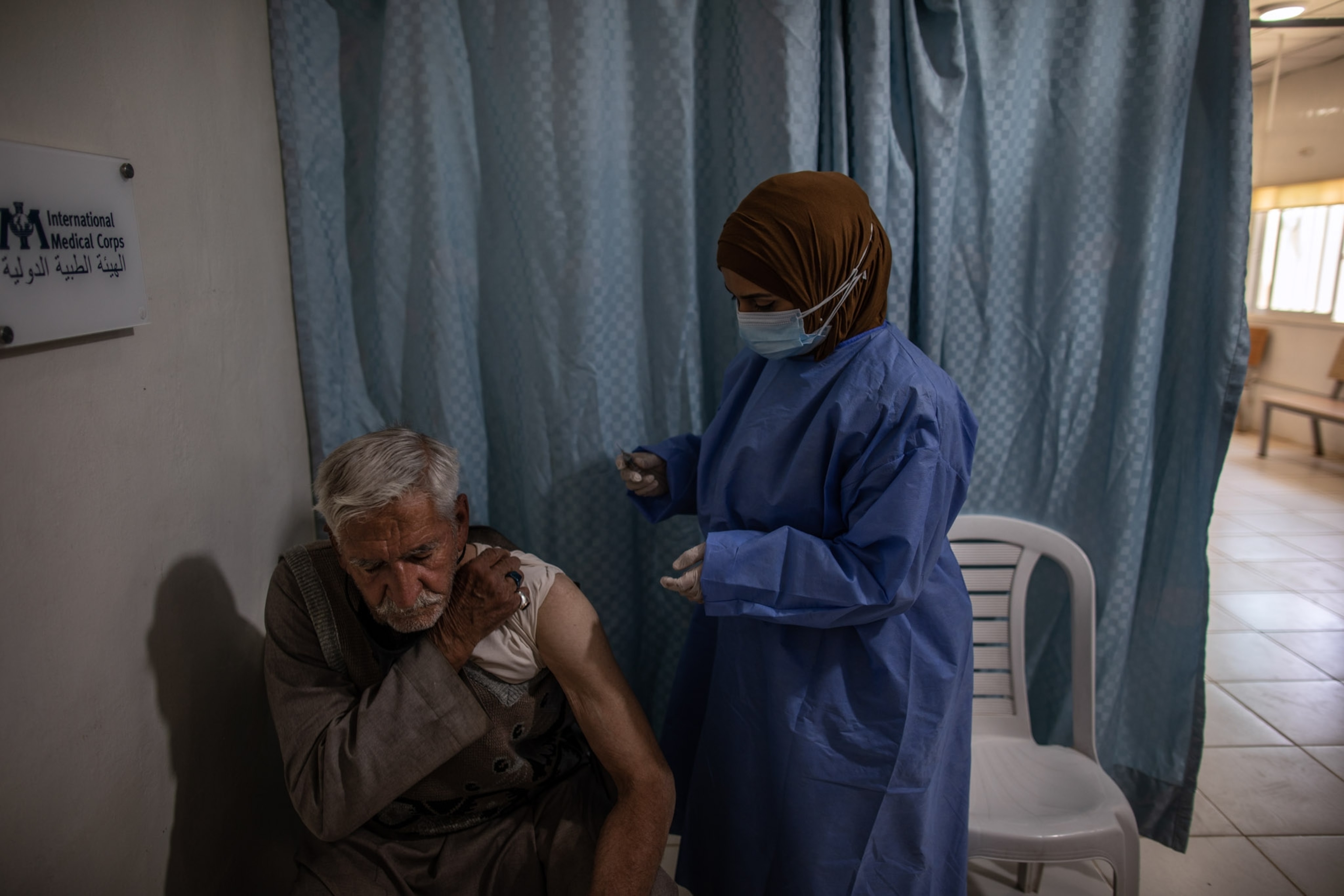
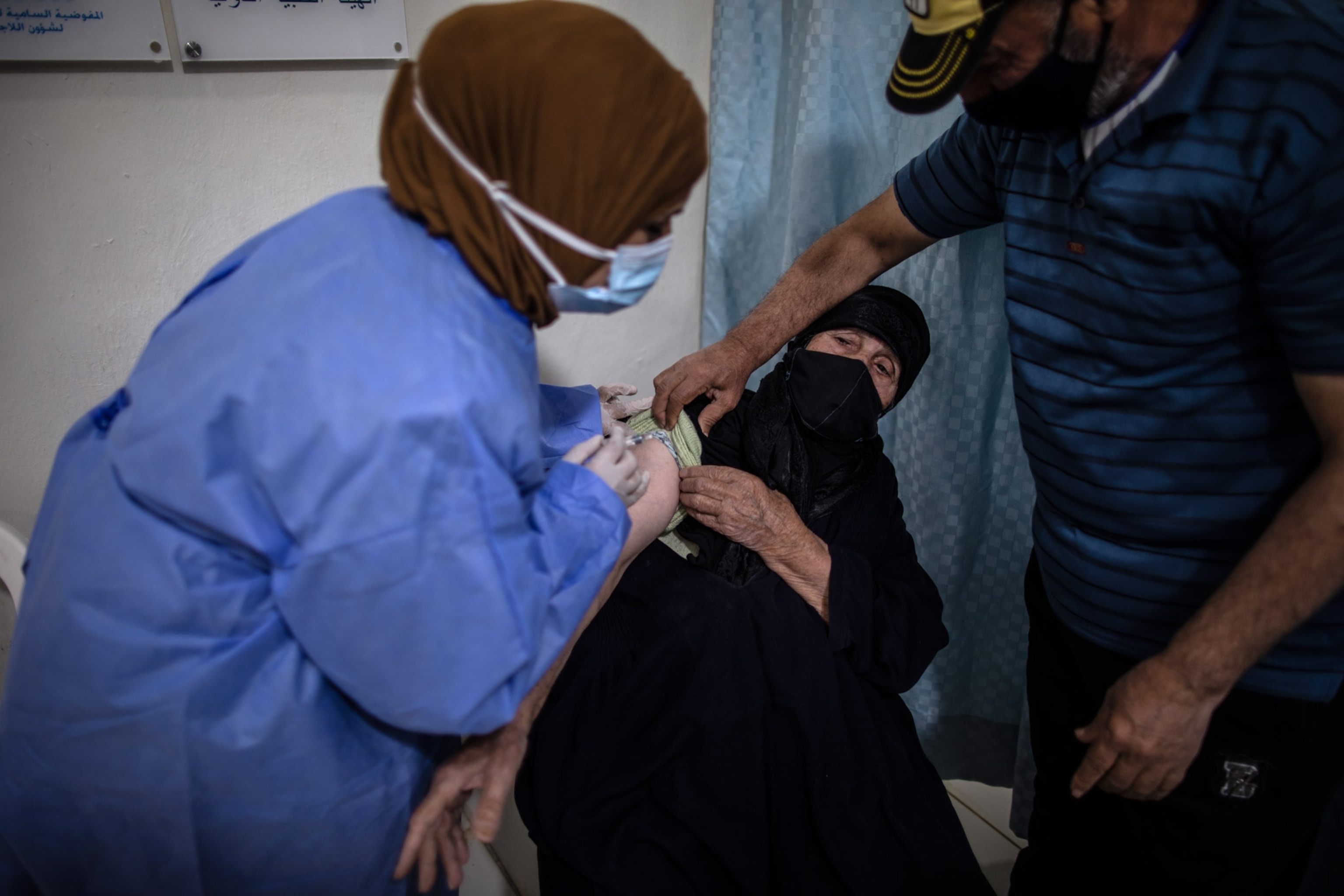
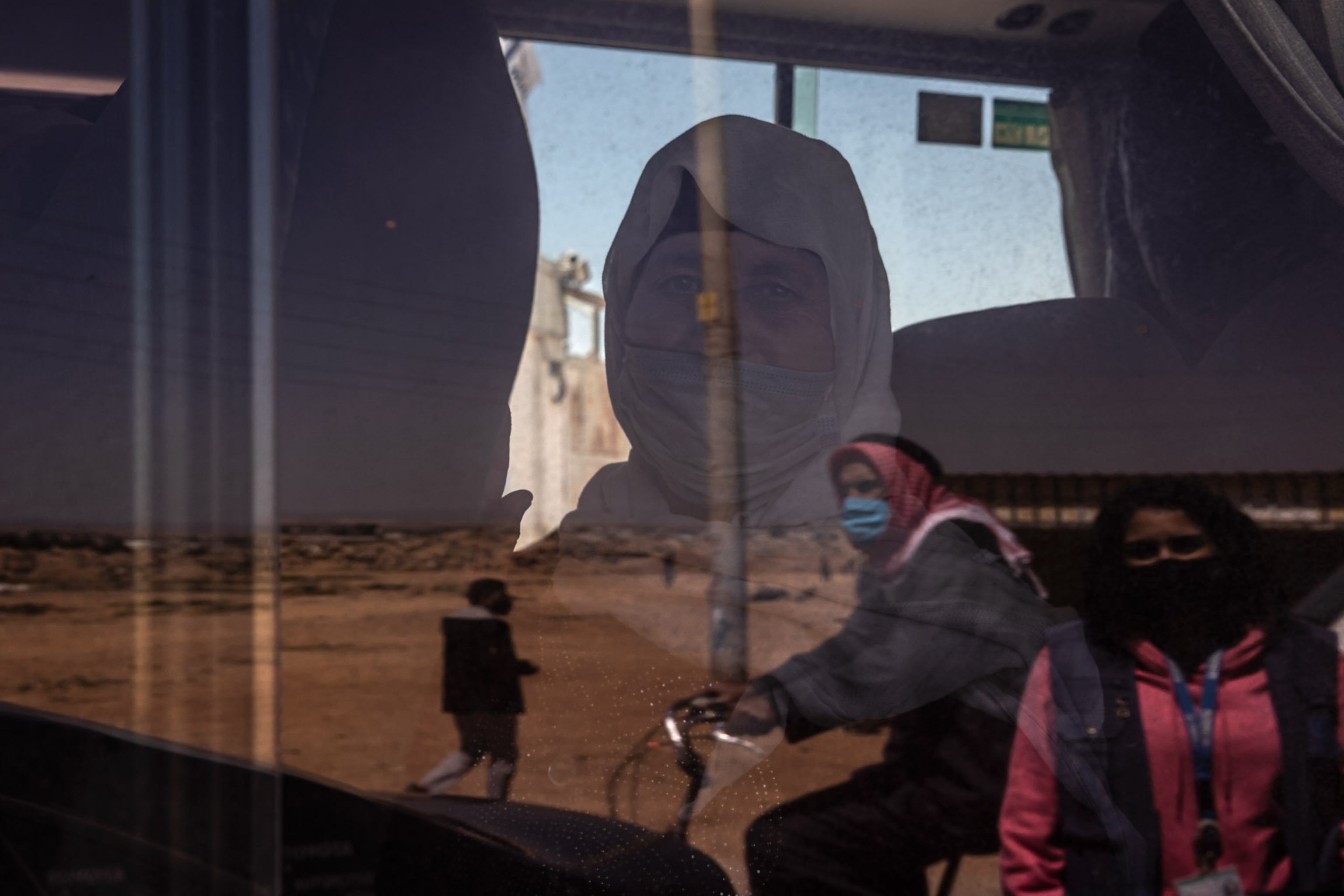

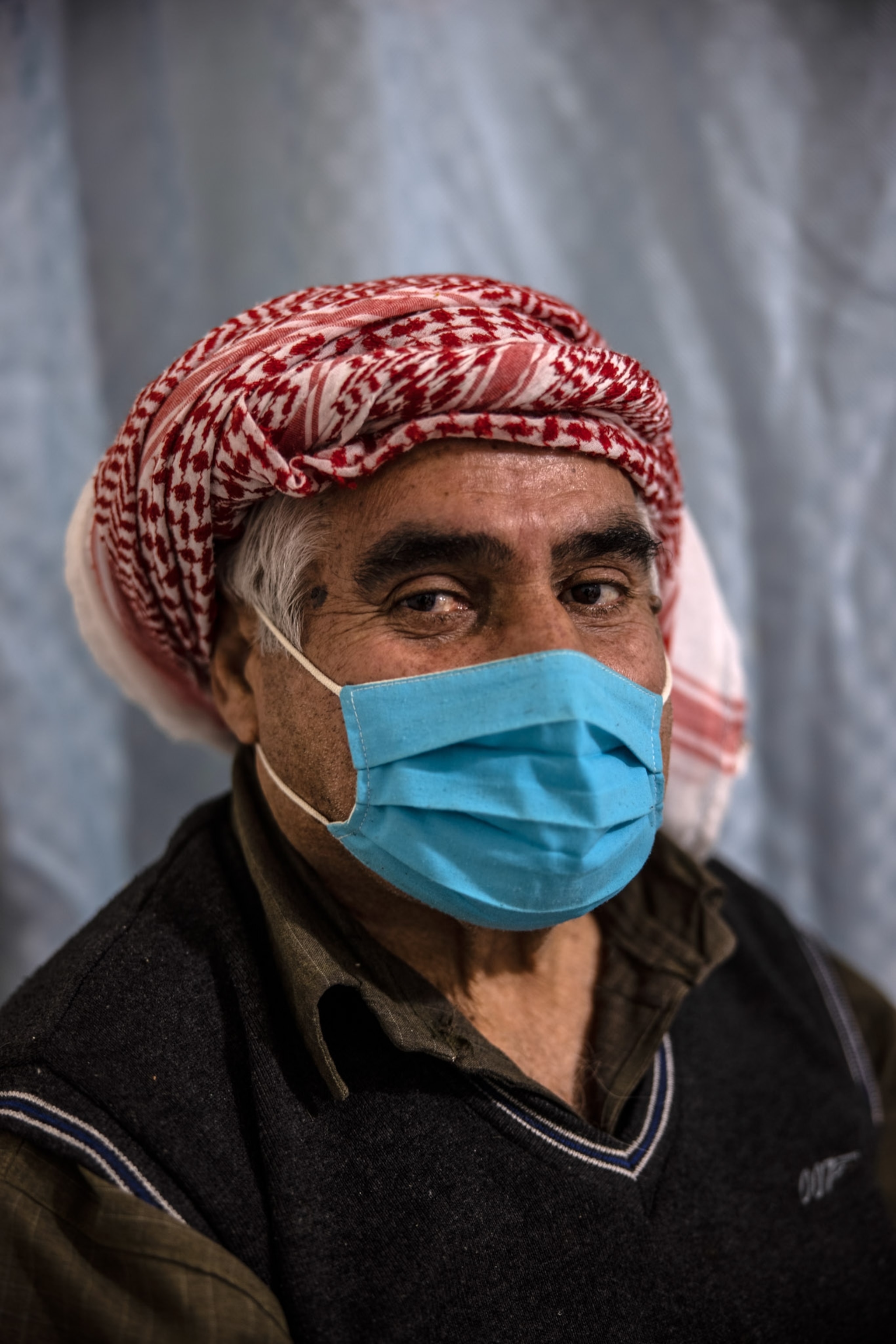
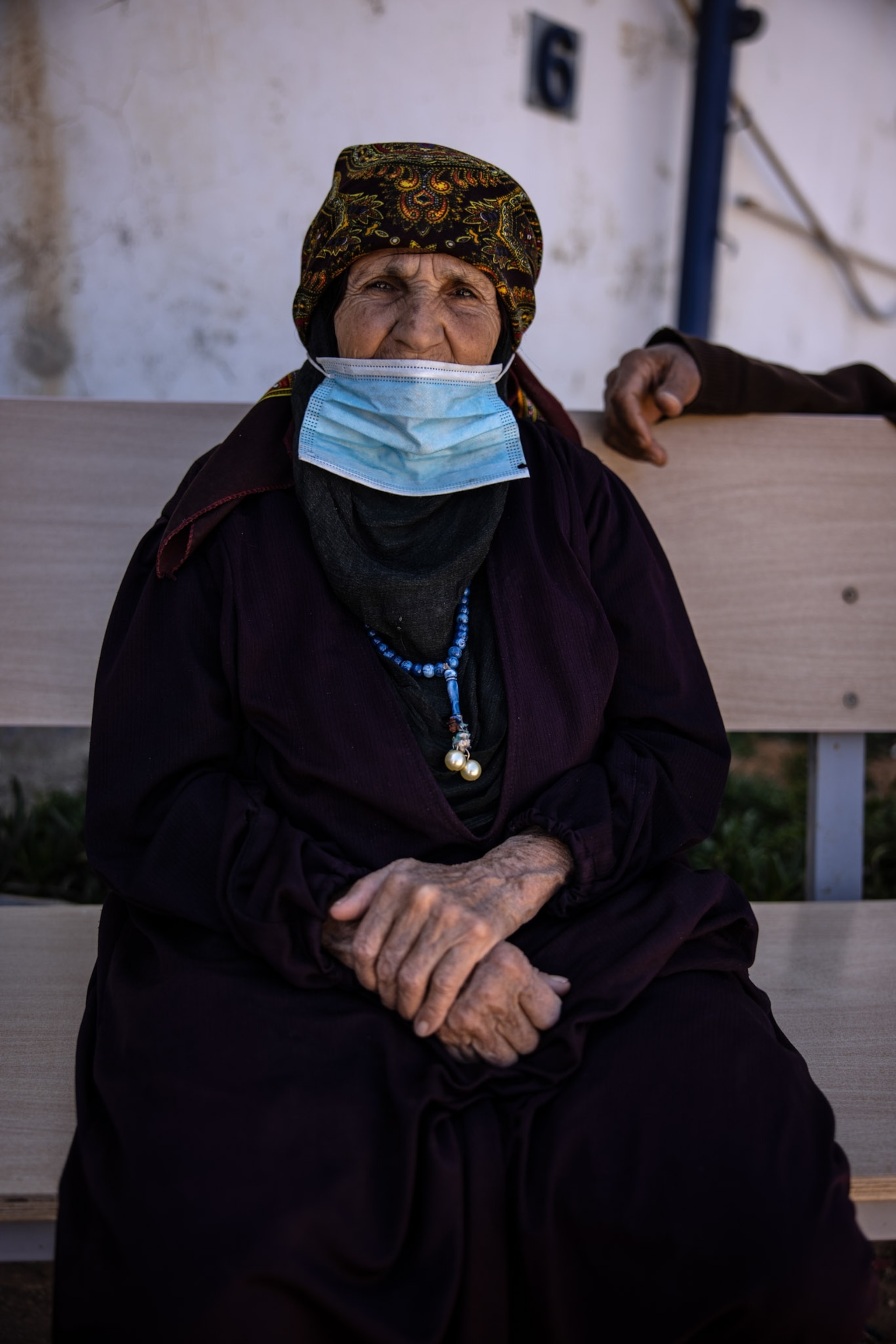
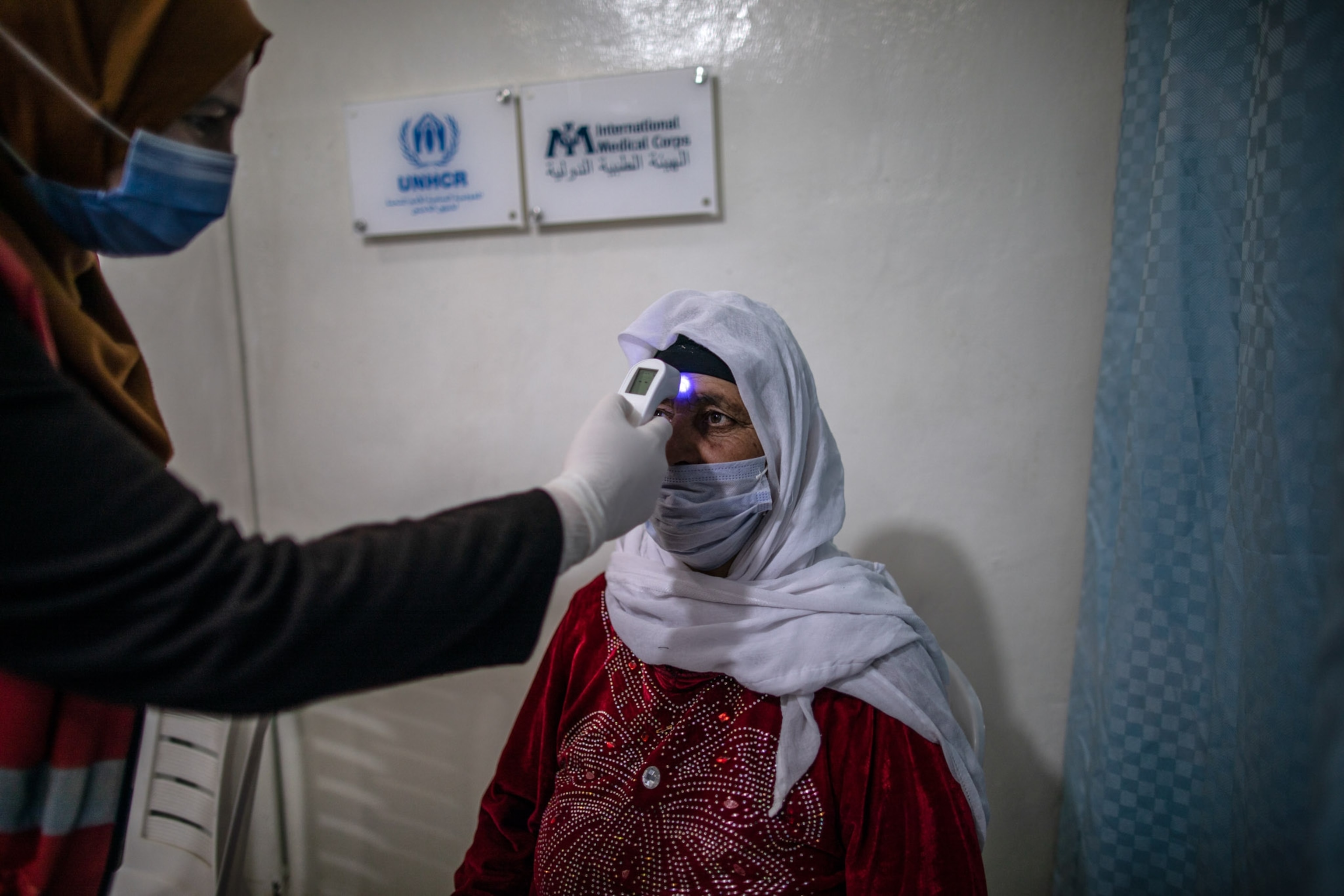
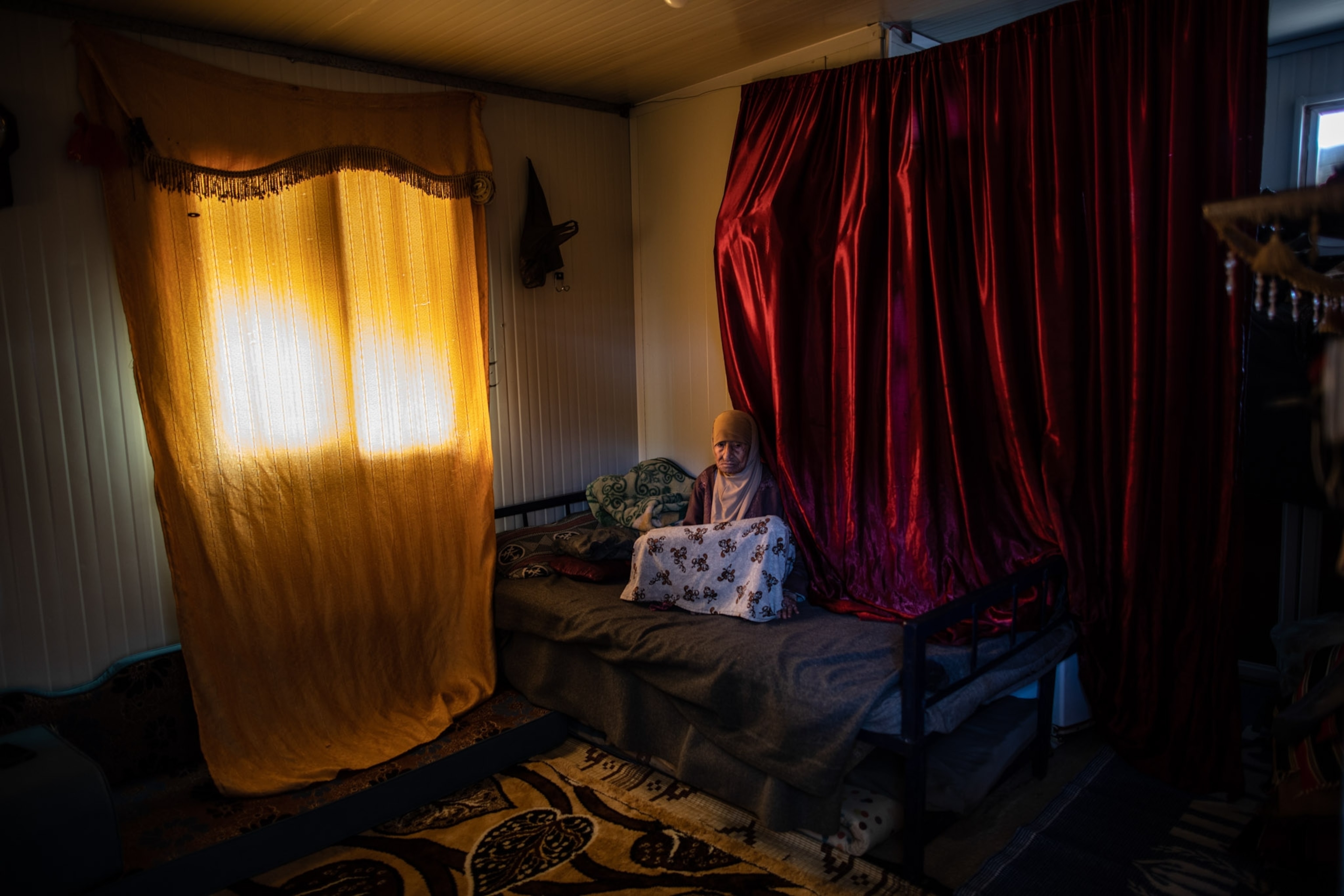
Muhammed Muheisen is a two-time Pulitzer Prize-winning photojournalist, a National Geographic photographer and founder of the Dutch non-profit organization Everyday Refugees Foundation. Since 2001 he has documented major events around the world, in Asia, Europe, the Middle East, Africa and the USA. For over a decade he has been documenting the refugee crisis in different parts of the world.

